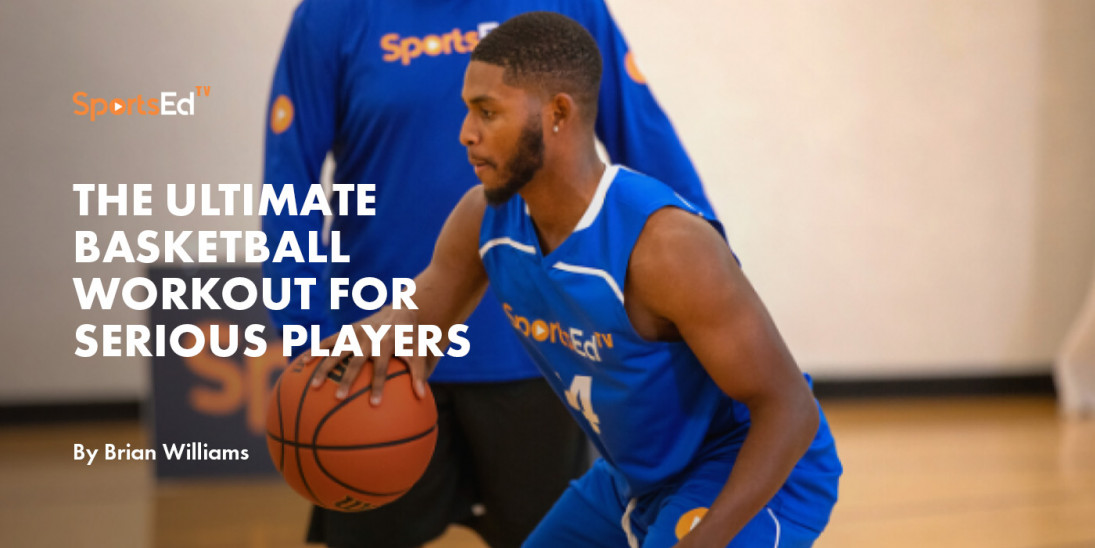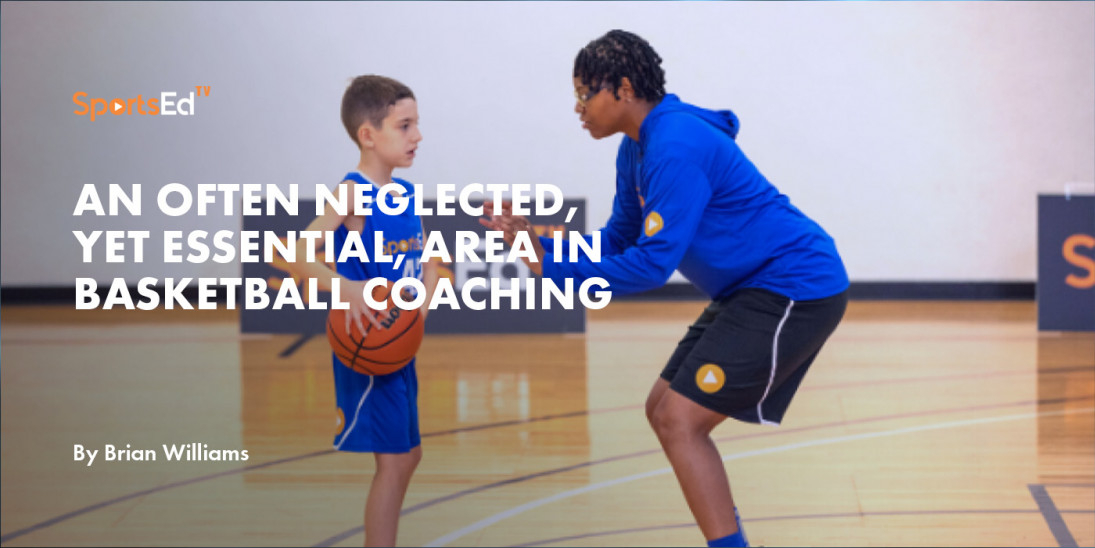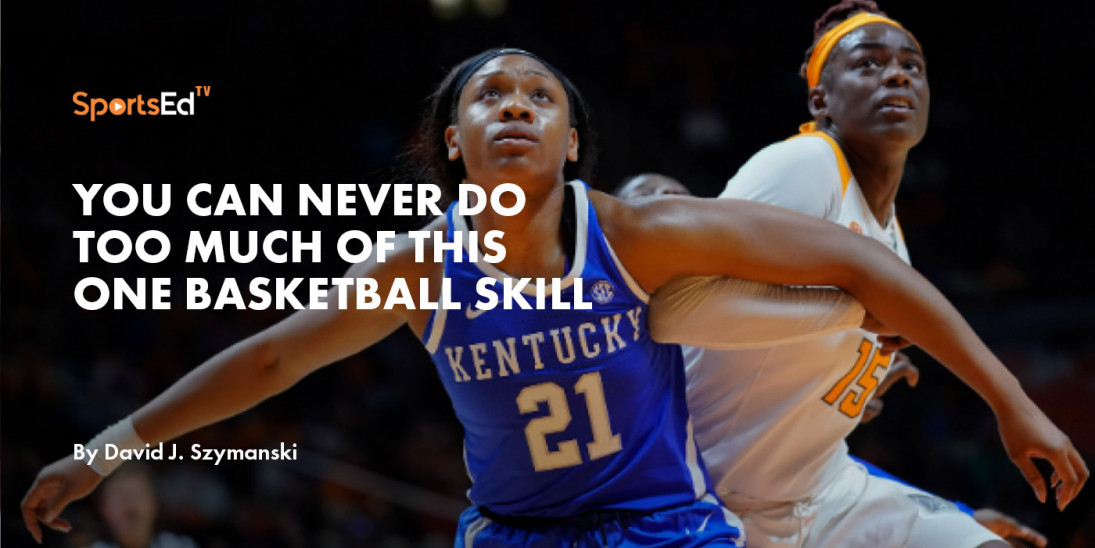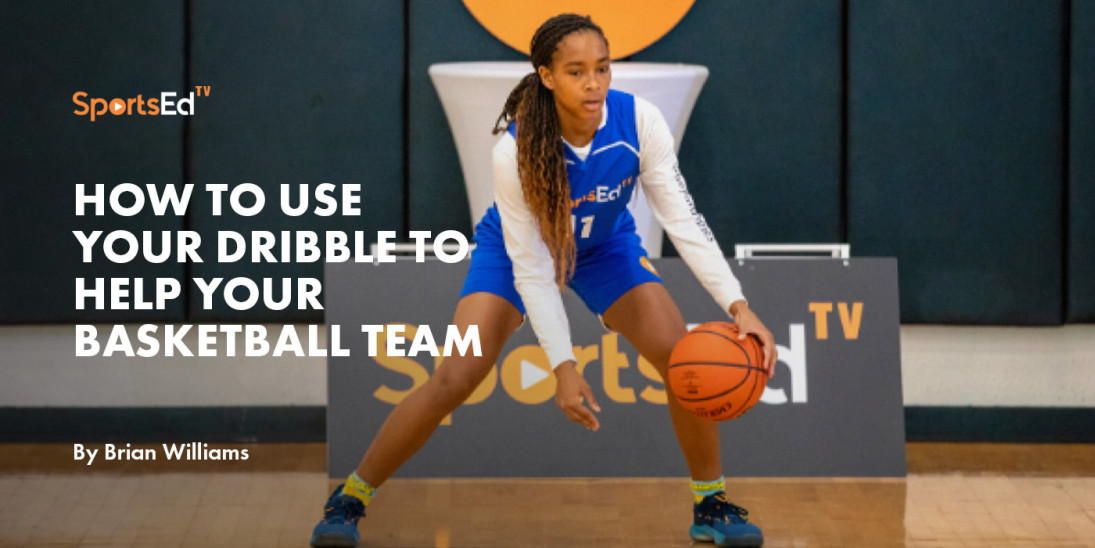Basketball
Welcome and thanks for visiting...

Modern Basketball Fundamentals: Passing and Catching

I am going to give you some fundamentals about passing and catching the basketball that you more than likely not have seen anywhere before. And I will bet, that almost every single person who reads this article will learn something new that you can apply to your game—whether you are a player or a coach.
Who is the most popular player with their teammates? The one who gets them the ball where they can score. Has there ever been a coach who isn’t looking for good passers to execute their offense? And, if you are a coach, you are going to have some teaching points to give your players to improve your offensive point production.
Trust me, as a player and coach with over 45 years in the game of basketball, I have learned (often the hard way) that violating these fundamentals leads to turnovers, and easy Fastbreak opportunities for you opponent. I am going to give you the fundamentals and it is up to you to practice them, and then discipline yourself to execute them in both practices and games.
The best passers at all levels of basketball are good passers because they throw passes that put their teammates in positions to make positive plays, not because they make the fanciest or the most entertaining passes. Unless you are a professional player who is paid to both win and be entertaining, a fundamental and high percentage pass is always your best choice.
Players at high school and below levels who attempt fancy and entertaining passes are usually the ones who throw passes to the other team or out of bounds. Neither of those types of passes will be popular with your teammates! And, turn the ball over too much and you are likely to be taken out of the game by your coach.
There are many types of passes and many purposes for passes, but the one constant in every passing situation is that a good pass is one that is caught by one of your teammates. I cannot emphasize it enough, your team does not not get extra points for stylish, risky, or fancy passes that are completed. In reality, your opponents usually get extra scoring opportunities because those types of passes usually result in turnovers.
Every pass that is thrown does not have to be an assist pass. Passing to your teammate ho then makes an assist pass is just as important as the assist pass itself. So always throw high percentage fundamental passes, not high risk, low percentage passes.
If you have a shot in a game that you have a 50% chance of making, you should take it. If you have a pass that looks like you have a 50% chance of completing, you should NEVER EVER EVER throw it! The key think to remember is better safe than sorry!
Look to pass to your closest open teammate. Every pass that is thrown puts pressure on the defense, keeping them scrambling and adjusting. A safe pass has both the benefit of making the defense work and adjust, as well as maintaining possession for your team.
Much of being a great passer is having an understanding of that strengths and weaknesses of the teammate that you are passing to and the current game situation. A few (but not all) examples of passes to avoid:
- Attempting a long (20 or 25 foot pass) to a teammate who appears to be open at the basket. Even if the player you are passing to looks like she is wide open, more often than not, the defense will recover and steal the ball.
- Passing to a teammate who is likely to be trapped after he or she catches the ball.
- Passing to a big post player who is not a great dribbler in a spot where they will have to dribble.
- Throwing a no look pass—save these for the NBA and WNBA players to throw!!
- Passing to a player who is so close that you could hand it to him. These too close passes usually result in turnovers. The best rule to follow is, if a teammate is close enough to you that you can hand the ball to her, do a handoff and don’t throw a pass.
Passing the Ball
Like most aspects of the game of basketball, the mental approach you take is key to being good at the skill of passing. You must have a purpose of every pass that you throw. Are you feeding the post? Are you passing the ball to get avoid a ten second violation? Are you passing out of a trap? Are you passing to an open shooter? Are you making a reversal pass that forces the defense to shift from side to side? Do you wait until a teammate completes their cut before throwing the pass?
Every pass you make to an open shooter will lead to the success or failure of the shot. A good pass to the player’s shooting pocket will lead to a rhythm shot. The shooting pocket is the spot where a shooter holds the ball right before they go up for their shot. A pass that is too low or too high will get the shooter out of his rhythm. It also gives the defense time to react and take away the shot opportunity.
Faking Passes
If you are playing against a team that plays good defense, you will usually have to fake a pass to make a pass.
If you are being guarded tightly, you won't be able to pass the ball when and where you want to without using a pass fake. You don’t have to fake toward a teammate. The defensive player who is guarding you is looking at you, not where the players are behind them. They will not know whether or not you are looking at one of your teammates. The player guarding you will only react to what you do with the basketball. Make your fake where you want to have the defender guarding you react to and move their hands so that you will be able to complete your pass
When you do pass the ball, make sure that you do not release your pass in front of the defense. If you do pass it in front of him, it gives him a chance to deflect your pass. One way to remember it is to pretend that your defender is holding a pane of glass and “break the glass on your pass.” By reaching the basketball and your hand through that pane of glass when you let go of it. That will insure that you get the ball by the defense before you release your pass.
Types of Passes
There are many types of passes. I am going to discuss the most fundamental passes used in both full court and half court offense. Some passes that are not as common, I will leave for another time and another article. Some of those more advanced passes that I will not discuss here are skip passes, lob passes, baseball passes, overhead passes, one hand passes of the dribble, behind the back passes, and pocket passes.
Air passes
The most basic pass in basketball is the two-handed chest pass in transition or when your teammates are spaced around the perimeter. You throw this type of pass with one hand on each side of the basketball and with your thumbs behind the basketball. After you release the pass, the seams of the basketball should spin backwards towards you. The backspin makes it easier for the receiver to catch the basketball.
The advantage of the two-handed chest pass is that you it is an easy way to grip the basketball when you pick up your dribble to throw a pass. And, if you start to throw a pass with two hands and you see the defense move into a position to steal it, you can stop your pas before you release it because you have two hands on it.
The disadvantage of throwing only two-handed chest passes is that if you are holding the basketball on the sides, you will have to adjust them to shoot, and if you fake a shot to throw a t
Most of the passes you will throw will be one handed flick or push passes. To throw this type of pass, hold the ball in two hands and push with your outside hand in order to throw the ball away from the defensive player guarding the receiver. One advantage of this type of pass is that you can throw it without adjusting your hands if you are holding the basketball in the shooting position, or after you have just used a shot fake.
Bounce Passes
Use a bounce pass in tight quarters such as when you are in traffic in the lane. Bounce passes can be used on cuts to the rim (example: back cut on the wing). Don’t throw bounce passes on the perimeter because they are slower than air passes and give the defense time to recove. Also, do not use a bounce pass anytime the receiver is moving away from the basket. On all bounce passes (including post feeds), the ball should bounce 2/3 of the distance from you to the receiver.
Another good time to throw a bounce pass is if you are double teamed. Unless you can step in between the two players who are double teaming you before you pass, then you should fake the ball high to get the defenders arms and hands to go up, and then “break the glass” as I mentioned previously, with a bounce pass to the nearest open teammate.
Always throw a bounce down hard so that it comes up to the chest of your teammate who will catch it. I have seen hundreds, if not thousands of passes thrown to low so that the receiver has to bend down to catch it, putting them in a position where they have bad balance. Or the pass goes past them because they couldn’t react in time, resulting in a turnover.
Learn to push your passes with two hands, your left hand, and your right hand. Never hold the ball with only one hand, but learn to hold with two hands when you extend your arms, pushing the pass with one hand and guiding it with the other—like you do when you shoot.
Regardless of the type of pass that you throw, always pass the ball away from the defense and the receive should know to go to meet the pass. Pass the ball to your teammates outside hand (that is the one that is further away from the defense).
Catching a Pass
It takes two teammates to complete a pass, the passer and the receiver. Just as there is a best way to pass the basketball, there is a best way to catch it.
To receive a pass, you should show the player with the ball a target hand away from the defender who is guarding you where you want the passer to throw you the basketball. Then when the ball is thrown to you, go after it and jump to catch it in the air with two hands, two eyes focused on the ball until it lands in your hands, and land with both feet at the same time.
Catching with two hands seems simple, but it is critical to make the effort to catch the ball with two hands, not only to avoid fumbling it, but also to secure it to keep the defense from stripping it from you.
Catching with two feet is also known as meeting the ball or shortening the pass. Most intercepted passes happen when the receiver doesn’t shorten the pass. That allows the receiver’s defender to shoot through the passing lane. Go meet the pass as aggressively as you would if you were on defense and going after the ball to steal the pass.
Don’t expect every pass to you to be thrown perfectly. Keep your eyes on the ball from the time it leaves the passer's hands until you have possession of the basketball. That will help when the pass is thrown poorly.
Teams that are good passing teams and share the ball have a head start on developing a happy team with good team chemistry. Passing is the quickest and most effective way to get the ball from player to player and move it around the court. The perfect end result of a series of well-executed passes will be for a scoring opportunity at the basket or for a wide open three point shot for one of your best shooters.
The end goal: Making your team better with your passing
Basketball is a beautiful game and amazing to watch when it is played by a group of players who have genuinely developed into a team rather than being just a collection of individuals. Even though great players receive a lot of individual attention, basketball is still a team game.
The ball can move a lot faster from spot to spot on the floor by passing than by dribbling. That means that if your team is a great passing team, you will be much harder to guard than if your team is a great dribbling team. The best TEAMS are the best passing teams.
Learn all you can about being a great passer and then work hard in practice and when you play 5 on 5 games, to help your team with your passing skills.





